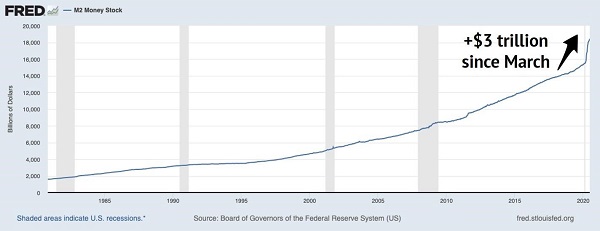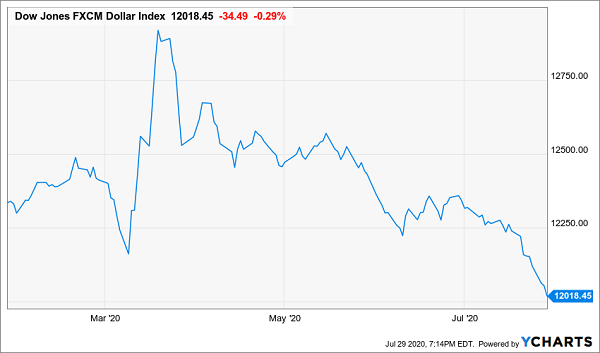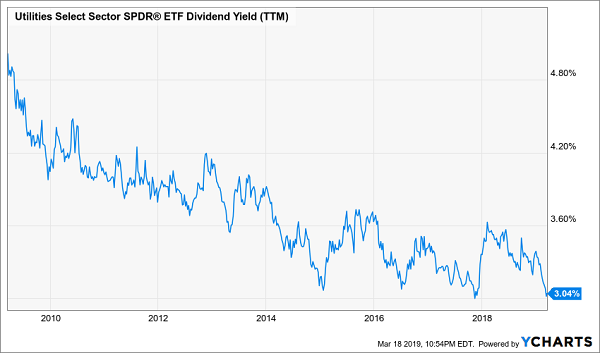First-level investors think the key to retiring on dividends alone is to find the largest yields they can and ride them into the sunset.
But while it’s important to lock down fat yields—like the five-pack of 5.5%-10.4% yielders I’ll share with you today—that’s only part of the puzzle. We need two more things from our long-term income holdings:
- Dividend safety. A 10.4% payout is only helpful if it’s actually going to get paid for quarters and years to come. No dividend cuts, please.
- Principal safety. We’re also not looking to lose 10.4% per year in price. Or anything in price, for that matter.




Recent Comments